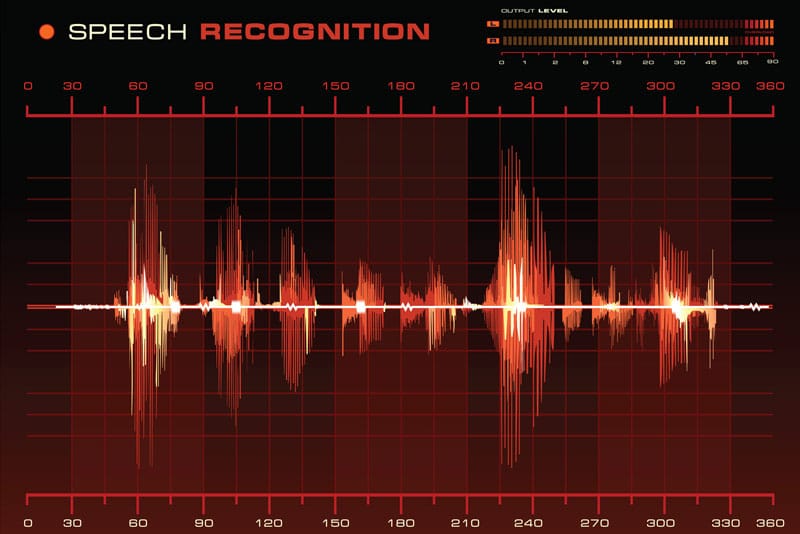Though the monitoring of vital signs (heart rate, respiratory rate, temperature, blood pressure, peripheral oxygenation and pain) is a commonly performed task in emergency departments (EDs), there are no published standards of care that provide appropriate guidelines for the frequency of obtaining vital signs. It depends upon hospital and unit level policies, physician orders according to the patient’s chief complaint and acuity level and nursing judgment on the priorities for patient care. However, there should be a consistent process in the documentation of vital signs. Otherwise, it may reduce the critical care team’s ability to record early warning signs of physiological instability or deterioration.
A study published in the 2014 issue of Journal of Nursing Scholarship explored the frequency of documentation of blood pressure (BP) recorded during ED visits across Veterans Health Administration (VHA) facilities and found inconsistent documentation of vital signs of patients in the designated fields within the electronic health record (EHR). More than 43,232 unique patient visits to 94 VHA EDs with a median length of stay of 173.3 min were included in the dataset for the study. The mean number of times BP was recorded per visit was 1.23 and the median time between BP documentation in the ED was every 2.3 hr for all patients. Most facilities (84.1%) documented BP for greater than 75% of patient visits while eight facilities (9.1%) documented BP for less than 50% of patient visits.
The study says nurses anecdotally report that vital signs are noted down on a paper chart and scanned later as an image into the EHR. This may be the reason why there are inconsistent fields of vital signs in EHR. In most of the cases, the nurses may not get time to check whether the vital sign monitoring and frequency of obtaining vital signs are reported correctly and those documents are entered into the EHR as well. The more effective method to document vital signs is to transcribe nurses’ dictations with the help of experienced transcriptionists and populate them into the corresponding EHR fields through discrete reportable transcription (DRT) technology.
As there are no published standards for vital sign monitoring in ED patients, policies must be established at the local level as well. Creating a multidisciplinary team and implementing a quality improvement project is also essential for consistent documentation.


